What are the main differences between BJJ Gi, Judo Gi, and Karate Gi?
Table of Content:
- Introduction
- BJJ Gi: Features and Characteristics
- Judo Gi: Features and Characteristics
- Karate Gi: Features and Characteristics
- Key Differences Between BJJ, Judo, and Karate Gis
- Factors to Consider When Choosing Between BJJ, Judo, and Karate Gis
- Pros and Cons of BJJ, Judo, and Karate Gis
- Maintenance and Care Tips for BJJ, Judo, and Karate Gis
- Conclusion
1. Introduction
When stepping into the world of martial arts, one of the fundamental pieces of equipment you’ll encounter is the gi, also known as a kimono. However, not all gis are created equal, and each martial art discipline has its own unique requirements and preferences when it comes to their respective gis. In this comprehensive guide, we’ll delve into the key differences between BJJ (Brazilian Jiu-Jitsu), Judo, and Karate gis, exploring their distinct features, characteristics, and considerations for practitioners.
2. BJJ Gi: Features and Characteristics
The BJJ gi, tailored specifically for Brazilian Jiu-Jitsu practitioners, is designed to withstand the rigorous demands of ground grappling and submission techniques. Typically made from durable cotton or a cotton-polyester blend, BJJ gis feature reinforced stitching and a snug fit to prevent tearing during intense training sessions. The jacket is usually constructed with a thick collar for gripping and lapel chokes, while the pants are reinforced at the knees to withstand wear and tear from constant friction against the mat. If you’re looking for top-quality BJJ Gis, Bravo BJJ offers a wide selection at discounted prices. Explore their range of BJJ Gi for durable and comfortable options.
3. Judo Gi: Features and Characteristics
The Judo gi, known as a judogi, is characterized by its heavy-duty construction and loose, roomy fit, reflecting the dynamic nature of Judo techniques, which emphasize throws and takedowns. Constructed from thick cotton fabric, Judo gis are designed to withstand the powerful grips and pulls involved in throwing techniques. The jacket features a wide, thick collar that provides ample gripping surface for executing throws, while the pants are typically reinforced at the knees and hips for added durability. Additionally, if you’re into Judo, they also provide high-quality Judo Gi that meet your needs.
4. Karate Gi: Features and Characteristics
In contrast to the heavyweight construction of BJJ and Judo gis, the Karate gi, also known as a karategi or simply a gi, is characterized by its lightweight and minimalist design. Made from lightweight cotton or cotton-polyester blend fabric, Karate gis are designed to facilitate swift, fluid movements during striking techniques and kata (forms) practice. The jacket of a Karate gi typically features a shorter, narrower lapel compared to Judo gis, allowing for greater freedom of movement, while the pants are traditionally cut with a tapered leg for a sleek, streamlined appearance. For practitioners of Karate, Bravo BJJ offers excellent Karate Gi designed for performance and style.

5. Key Differences Between BJJ, Judo, and Karate Gis
While all three types of gis serve as the traditional uniform for their respective martial arts disciplines, there are several key differences that set them apart. One of the primary distinctions lies in their construction and fit, with BJJ gis featuring a tailored, form-fitting design for ground grappling, Judo gis boasting a looser, heavyweight construction for throwing techniques, and Karate gis offering a lightweight, minimalist design for striking techniques. Additionally, each type of gi may have specific design elements, such as collar width and pant reinforcement, tailored to the unique requirements of its associated martial art. Wondering about the perfect fit for your BJJ Gi? Check out this informative article on how should a BJJ Gi fit to ensure you get the right size.
6. Factors to Consider When Choosing Between BJJ, Judo, and Karate Gis
When selecting a gi for your martial arts practice, it’s essential to consider several factors to ensure it meets your specific needs and preferences. These factors may include the type of martial art you practice, the intensity and frequency of your training, your body type and size, and any competition regulations that may dictate gi specifications. Additionally, factors such as fabric quality, durability, fit, and comfort should also be taken into account to ensure optimal performance and longevity of the gi.
7. Pros and Cons of BJJ, Judo, and Karate Gis
Each type of gi comes with its own set of advantages and disadvantages based on the unique requirements and techniques of the associated martial art discipline. BJJ gis, for example, offer a tailored fit and reinforced stitching for ground grappling but may be less durable than Judo gis due to their lighter weight construction. Judo gis, on the other hand, excel in durability and gripping ability but may feel cumbersome for practitioners accustomed to more streamlined gis. Karate gis prioritize lightweight, fluid movement but may lack the durability required for intense grappling techniques.
8. Maintenance and Care Tips for BJJ, Judo, and Karate Gis
To ensure the longevity and performance of your gi, proper maintenance and care are essential. This includes regular washing and drying according to the manufacturer’s instructions to prevent odor and bacteria buildup. Additionally, it’s important to inspect your gi for any signs of wear and tear, such as frayed seams or torn fabric, and address them promptly to prevent further damage. For BJJ and Judo gis, in particular, reinforcing high-stress areas such as the collar and knees can help prolong their lifespan and maintain their structural integrity. And if you’re curious about the best way to maintain your BJJ Gi’s quality, learn more about How To Wash A BJJ Gi for expert tips and advice.
9. Conclusion
In conclusion, the choice between a BJJ, Judo, or Karate gi ultimately comes down to personal preference, training style, and martial arts discipline. Each type of gi offers its own unique blend of features, characteristics, and advantages tailored to the specific requirements of its associated martial art. By understanding the key differences between BJJ, Judo, and Karate gis and considering factors such as construction, fit, and durability, practitioners can select the gi that best suits their individual needs and enhances their performance on the mat.
FAQs about BJJ Gi vs Judo Gi vs Karate Gi:
Q1. What is the main difference between a BJJ gi and a Judo gi?
A: The main difference lies in their construction and fit. BJJ gis are tailored for ground grappling, with a form-fitting design and reinforced stitching, while Judo gis are heavier and looser, designed for throwing techniques.
Q2. Are BJJ gis suitable for Judo training?
A: While BJJ gis can be used for Judo training, they may not provide the same level of durability and gripping ability as traditional Judo gis due to their lighter weight construction.
Q3. Can I wear a Karate gi for BJJ or Judo practice?
A: While technically possible, Karate gis are not specifically designed for the demands of BJJ or Judo training, and may not offer the necessary durability or reinforcement for grappling techniques.
Q4. What factors should I consider when choosing between a BJJ, Judo, or Karate gi?
A: Considerations include the martial art you practice, training intensity, body type, competition regulations, fabric quality, durability, fit, and comfort.
Q5. How should I care for my BJJ, Judo, or Karate gi to prolong its lifespan?
A: Regular washing according to manufacturer instructions, inspection for wear and tear, reinforcement of high-stress areas, and prompt repair of any damage are essential for maintaining the longevity and performance of your gi.
Q6. Are there specific design differences between BJJ, Judo, and Karate gis?
A: Yes, each type of gi may feature design elements tailored to the unique requirements of its associated martial art, such as collar width, pant reinforcement, and overall fit.
Q7. Can I use a Judo gi for Karate practice or vice versa?
A: While technically possible, it is not recommended as the design and construction of each gi are optimized for the specific techniques and movements of their associated martial art.
Q8. What are the advantages and disadvantages of each type of gi?
A: BJJ gis offer a tailored fit and reinforced stitching for ground grappling but may be less durable than Judo gis. Judo gis excel in durability and gripping ability but may feel cumbersome. Karate gis prioritize lightweight, fluid movement but may lack durability for intense grappling techniques.
Q9. Where can I find more information about choosing the right gi for my martial arts practice?
A: You can refer to comprehensive guides, articles, and resources online or consult with experienced practitioners and instructors for personalized recommendations.



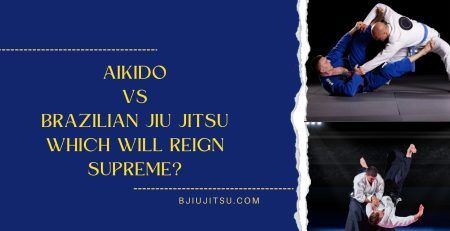
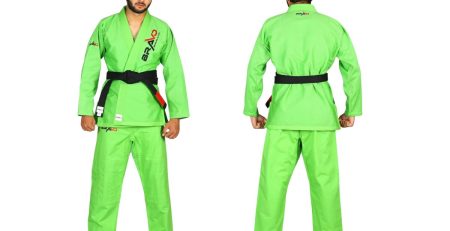
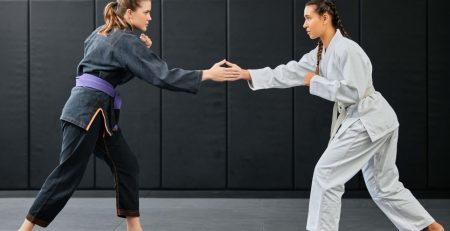
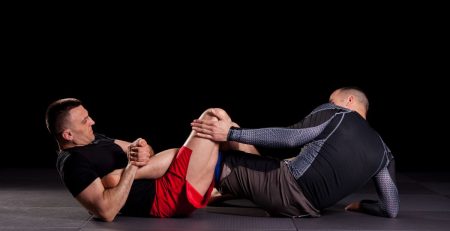

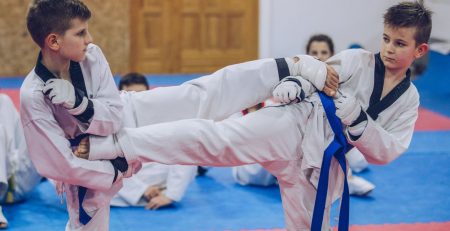
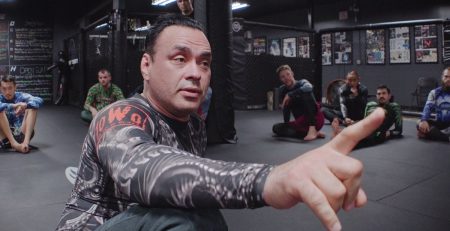
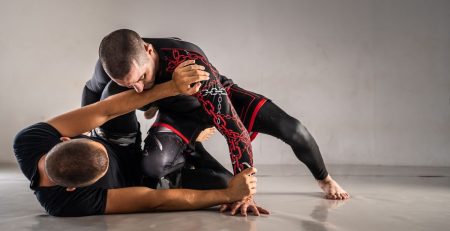

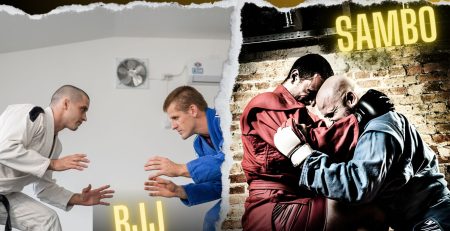

Leave a Reply
You must be logged in to post a comment.